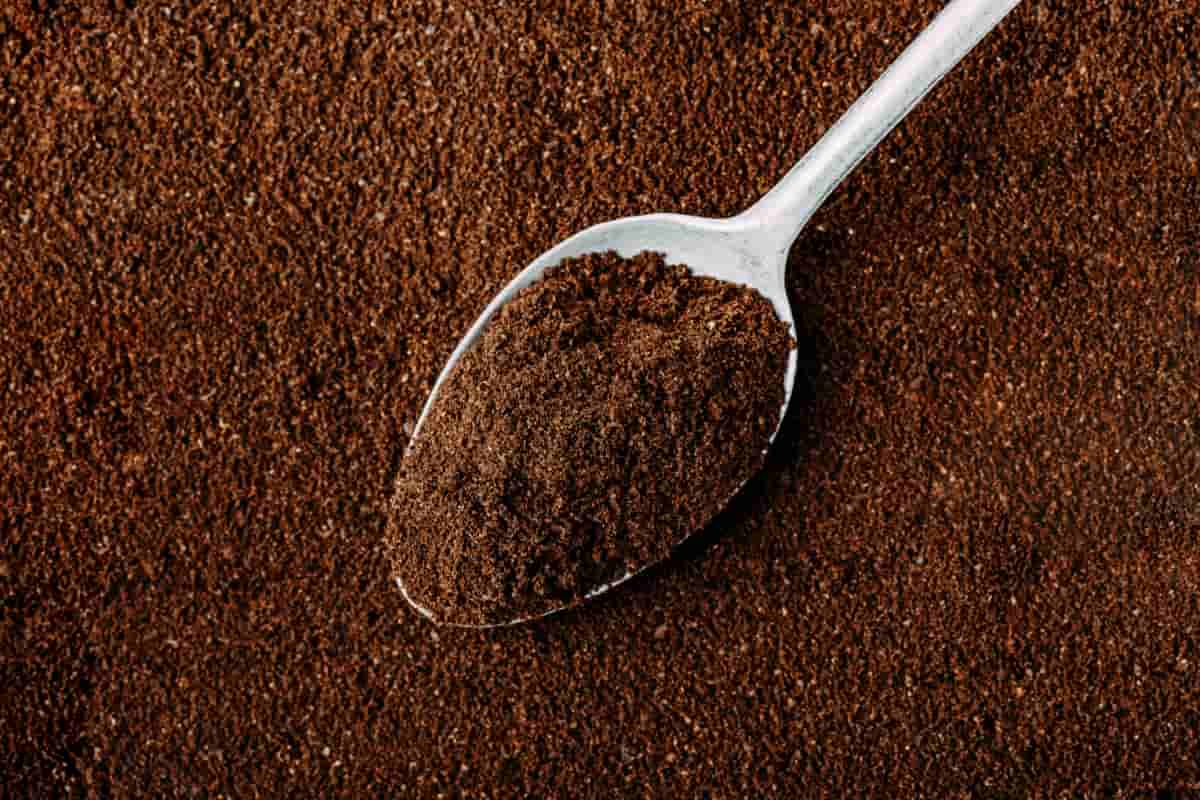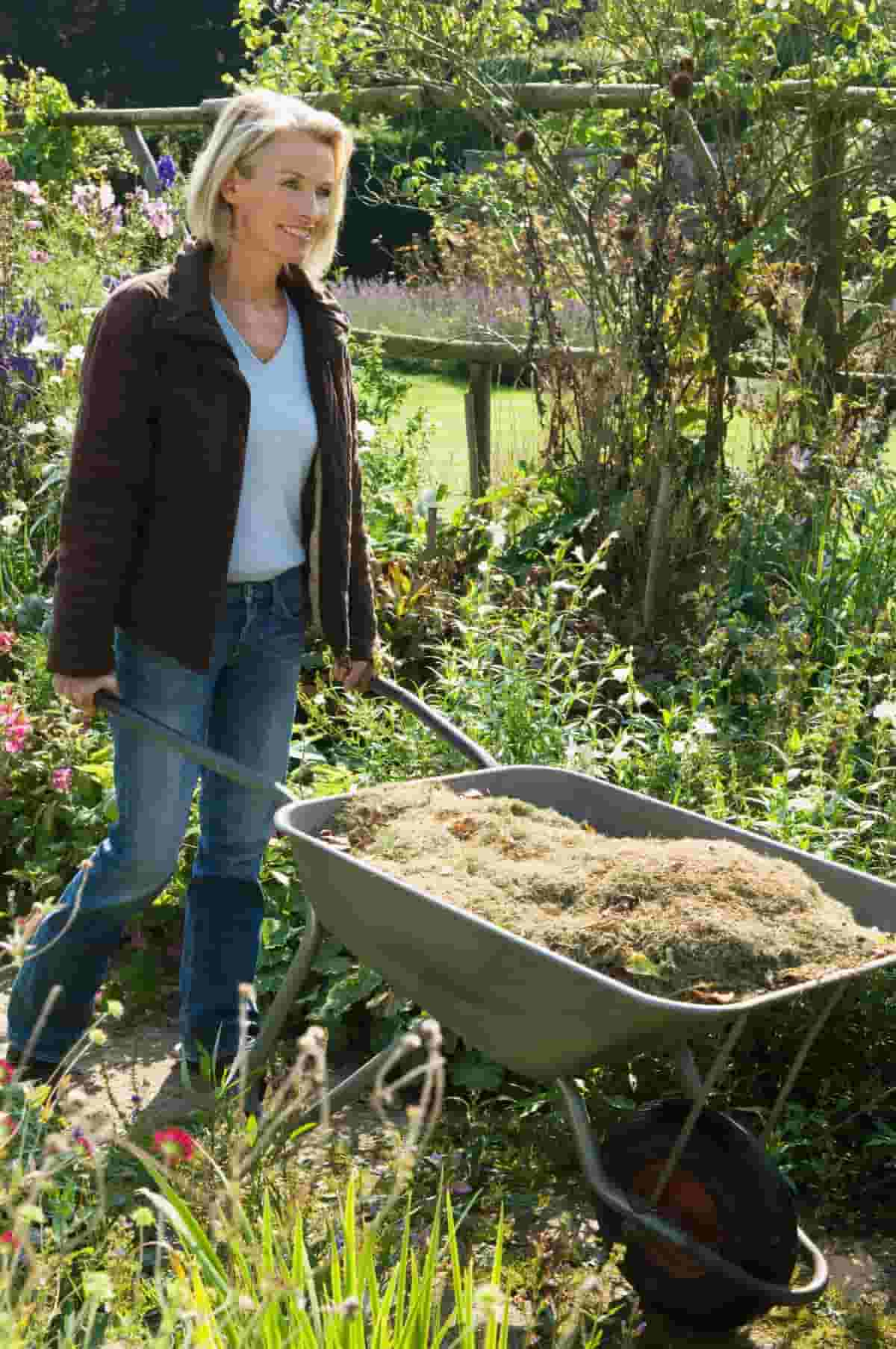Natural fertilizer plays a crucial role in the quest for a lush, vibrant yard. These homemade solutions, rich in essential nutrients, offer a sustainable and cost-effective alternative to commercial products. By learning how to make organic fertilizer at home, gardeners can use kitchen waste, like banana peels or coffee grounds, and other readily available materials to create effective and environmentally friendly fertilizers.
These natural fertilizers nourish plants and enhance soil health, making them ideal for vegetables, potted plants, and lawns. This approach to gardening aligns with an increasing desire for organic and eco-friendly practices in yard care.
Benefits of Using Homemade Natural Yard Fertilizer
Homemade natural yard fertilizer comes with a plethora of benefits. They are cost-effective, utilizing readily available materials, often from kitchen waste, reducing the need for expensive store-bought products. These environmentally friendly organic fertilizers reduce chemical runoff and promote sustainable gardening practices.
They improve soil health by enhancing its structure and microbial activity, vital for plant growth. Additionally, homemade fertilizers can be tailored to the specific needs of different plants, whether it’s for flowering plants, vegetables, or potted plants. They provide an effective, natural, and eco-conscious way to nourish and care for your yard.
Natural Yard Fertilizer
Recipe #1: Compost Tea – A Nutrient-Rich Liquid Fertilizer for Your Yard
Compost tea is a homemade organic liquid fertilizer that’s easy to make and highly beneficial for your yard. To create it, fill a bucket with water and add a shovel full of mature compost. Stir the mixture daily for a week, allowing the nutrients to infuse into the water. This nutrient-rich tea can be applied directly to the soil or used as a foliar spray, providing plants with essential nutrients and enhancing soil quality. It’s especially useful for vegetable gardens, ensuring the plants get a balanced diet for optimal growth.
Recipe #2: Banana Peel Fertilizer – Utilizing Kitchen Scraps for Garden Nourishment
Banana peels are excellent for making homemade fertilizer for vegetables and other plants. Rich in potassium, they help in flower and fruit development. To make this fertilizer, chop banana peels into small pieces and bury them in the soil near the plants. Alternatively, soak the peels in water for a few days and then use the water for watering plants. This method is a great example of making organic fertilizer from kitchen waste, turning scraps into valuable nutrients for your garden.
In case you missed it: Best Fertilizers for Banana Plants: Organic, Slow-Release, Liquid, and Foliar

Recipe #3: Epsom Salt Solution – Enhancing Soil Health and Promoting Plant Growth
Epsom salt, known for its high magnesium and sulfate content, is beneficial for plants, especially those that are magnesium-deficient. To create this straightforward fertilizer, mix one tablespoon of Epsom salt with one gallon of water. Use this solution to water plants once a month. This homemade organic fertilizer for vegetables and other plants helps in chlorophyll production and seed germination, enhancing overall plant health and growth.
In case you missed it: Banana Crop Profile: Cultivation, Varieties, Fertilizers, Yield, and Production Practices

Recipe #4: Coffee Grounds Fertilizer – Boosting Nutrient Content and Improving Soil Structure
Coffee grounds are a fantastic way to enrich the soil in your yard. They add nitrogen, potassium, and other minerals, improving soil health and structure. Simply sprinkle used coffee grounds around the plants or mix them into the soil. This method is particularly effective for acid-loving plants and is the best homemade fertilizer for plants that thrive in acidic conditions. Additionally, coffee grounds help attract earthworms, further improving soil health.
In case you missed it: Coffee Plant Leaves Turning Brown, Yellow, and Drooping: How to Fix with Coffee Plant Care

Recipe #5: Seaweed Fertilizer – Harnessing the Power of the Ocean for Yard Nutrition
Seaweed serves as a rich source of trace minerals and growth-promoting substances, making it an exceptional natural fertilizer for vegetables and other flora. To make seaweed fertilizer, collect fresh seaweed, rinse it to remove salt, and let it decompose in a bucket of water for a few weeks. The liquid obtained can be thinned and applied for irrigating plants. This fertilizer boosts plant health and resistance to diseases.
Recipe #6: Eggshell Fertilizer – Providing Calcium and Other Essential Minerals to Plants
Eggshells are a great way to add calcium to your soil, essential for plant cell development. Grind eggshells into a fine powder, then distribute it around your plants’ bases or incorporate it into the soil. This DIY fertilizer is particularly advantageous for calcium-dependent crops such as tomatoes and peppers, helping to prevent blossom end rot.
Recipe #7: Grass Clipping Mulch – Recycling Lawn Waste into a Natural Fertilizer
Grass clippings, often seen as yard waste, can be recycled into a nutrient-rich mulch for your yard. Simply spread the fresh clippings around the base of your plants. As they break down, they emit nitrogen into the soil, serving as a natural fertilizing agent. This method is particularly effective for lawns and large garden areas, providing a simple yet efficient way to recycle grass clippings while nourishing the soil.
In case you missed it: Best Fertilizer for Mint in Pots: Organic, Natural, Homemade, NPK Ratio, When and How to Apply

Recipe #8: Fish Emulsion Fertilizer – Utilizing Fish Byproducts for Plant Nutrition
Fish emulsion is a powerful organic fertilizer, rich in nitrogen and other nutrients, and it’s surprisingly easy to make. Start by blending fish scraps (you can use leftovers from the kitchen) with some water. Place this mixture in a tightly sealed container and let it sit for a few weeks to decompose. Once ready, dilute this concentrated emulsion with water (a ratio of 1:10 is usually effective) and apply it to the soil around your plants. This homemade fertilizer is particularly beneficial for promoting lush, green growth in your yard.
Recipe #9: Bone Meal Fertilizer – Enhancing Phosphorus Levels in the Soil
Bone meal, made from ground animal bones, is an excellent source of phosphorus, essential for plant root development. To make bone meal fertilizer at home, collect and clean bones, then bake them to make them brittle. After baking, use a blender or mortar and pestle to finely grind the bones. This powder can be sprinkled directly into the soil, providing a slow-release phosphorus supplement. It’s especially useful for flowering plants and root vegetables.
Recipe #10: Manure Tea – A Traditional Organic Fertilizer for Yard Maintenance
Manure tea is an age-old, nutrient-rich organic fertilizer ideal for general yard maintenance. To make it, fill a burlap sack with well-aged manure and tie it closed. Soak this sack in a large bucket of water for a couple of weeks, occasionally stirring the mixture. After steeping, remove the sack and use the tea to water your plants. This manure tea provides a balanced blend of nutrients and is particularly effective for enhancing vegetable gardens’ and potted plants’ growth and health.
Conclusion
Embracing homemade natural yard fertilizers is not only an eco-friendly and cost-effective gardening practice but also a rewarding one. These ten recipes, ranging from compost tea to manure tea, offer diverse options for gardeners looking to nourish their plants organically.
- Feed Your Flock for Less: Top 10 Tips to Save on Chicken Feed
- Ultimate Guide to Ossabaw Island Hog: Breeding, Raising, Diet, and Care
- Hatching Answers: The Top 10 Reasons Your Chickens Aren’t Laying Eggs
- Eggs and Economics: Breaking Down the Cost of Raising Backyard Chickens
- Defend Your Greens: Proven Methods to Keep Iguanas Out of Your Garden
- Ultimate Guide to Cinnamon Queen Chicken: A Comprehensive Guide for Beginners
- Ultimate Guide to California Tan Chicken: Breeding, Raising, Diet, Egg-Production and Care
- Ultimate Guide to Marsh Daisy Chicken: Breeding, Raising, Diet, and Care
- 10 Types of Chicken Farming Businesses You Can Start for Profits